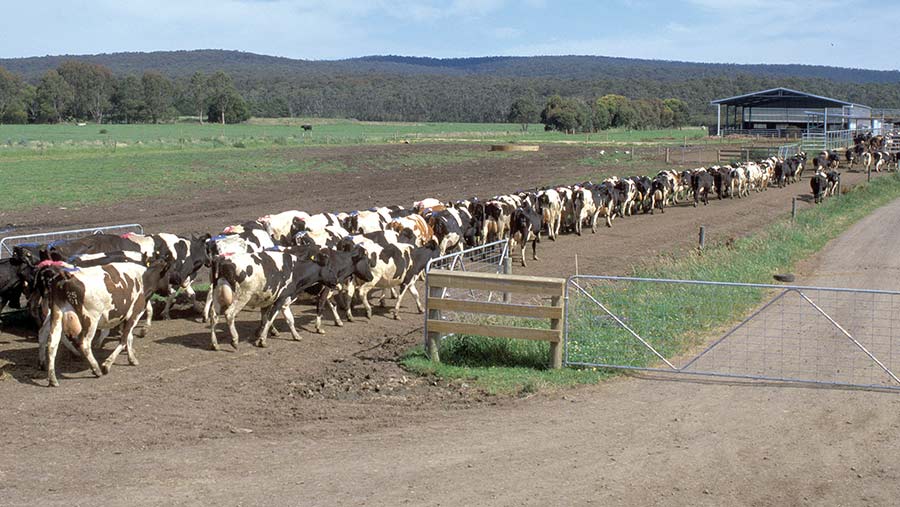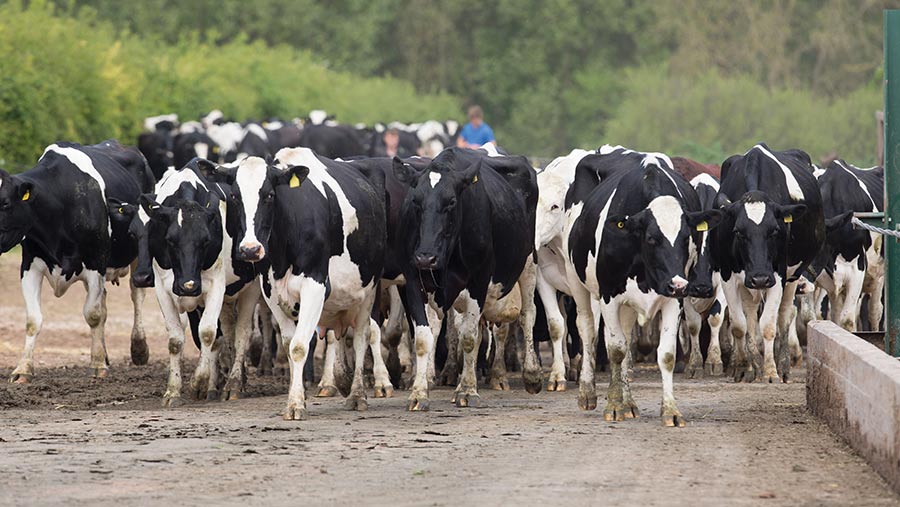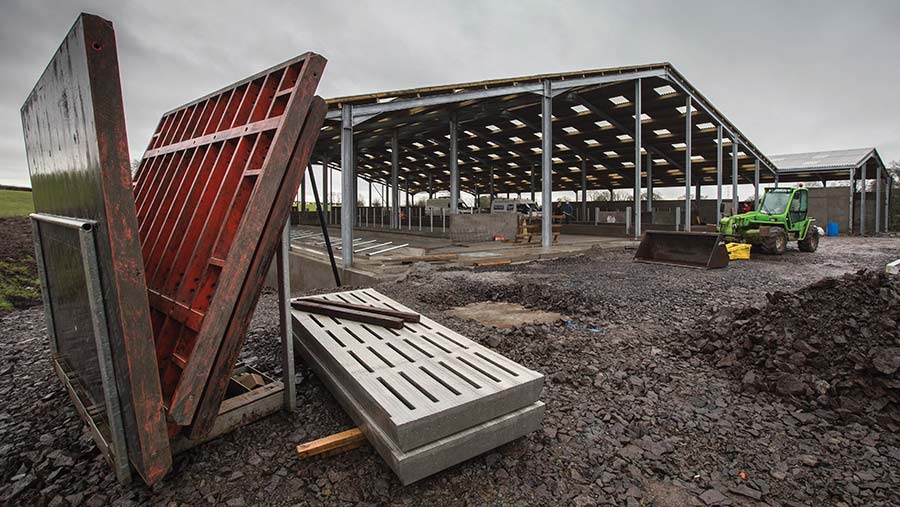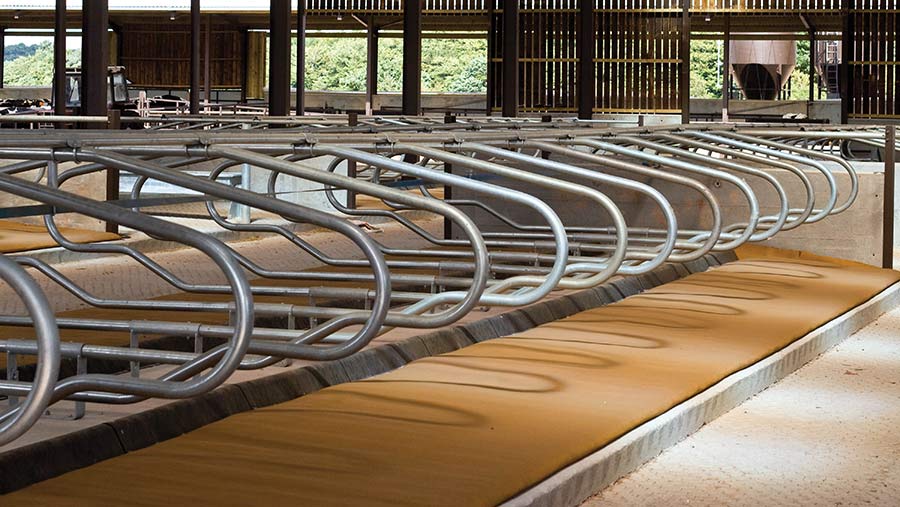What is the business “sweet spot” for a dairy farm?
 © Adobe Stock
© Adobe Stock Hard to define and only discovered once it has been passed, farming in the “sweet spot” is the point at which everything works comfortably and is stress-free.
The farm’s resources and capabilities are matched – not overstretched – and the business is expanding, profitable, and progressing.
According to business consultant Ian Browne, at the Farm Consultancy Group, the difference between a sweet spot and a comfort zone is that, in the latter, a business owner is choosing to work without pressure and has not pushed their system.
See also: How to build climate resilience into farm business plans
However, finding the sweet spot and farming in it is a balancing act that requires some discipline to keep the farm system stable and not go off at a tangent.
The perception is that more will be better: yields increase, herds grow and acreage is added to the business.
However, Ian points out that this does not necessarily increase the bottom line. And if it does, it can be with increasing stress levels on both livestock and people.

© Tim Scrivener
Replicate business success
A common scenario is the farmer who achieves success, then gets bored.
“So they fiddle and muck it up. It would be better to stop doing ‘more’ and develop another farm – get to 80-85% efficiency and repeat it somewhere else,” he says.
This might be a second unit, helping someone to start on the ladder, or getting an off-farm interest or hobby.
“Nearly everyone discovers their farm’s sweet spot by overreaching, when something almost breaks because the pressure is too much [on] physical, financial, animal and mental health.
“It has stopped being easy and becomes difficult. It probably takes a year or two before you notice. Then you pull back to where it all works easily again.”
For example, Ian explains that a 300-cow herd might decide to add on another 50 cows, then suddenly realise it is hard work.
“There are more sick cows, you are short of feed, or having to put a bit more cake into them. Everything changes.
“One 600-cow farm I recall took 75 cows out and milk never dropped because there was enough feed to go round.
“Before, the herd was underfed. Milking time and walking time [to grass] became shorter and there was more shed space.”
Knock-on effects
Capital spend can move a farm’s sweet spot, he adds. This might be on a new parlour or growing the grassland area by 30% so the farm can stock more animals.
But he points out this can also put other areas (such as staff, or housing space) under pressure. Furthermore, changing system or major growth alters the whole business dynamics.

© Tim Scrivener
“Remember that if you overstep the mark, you don’t just pressure the last animal – it is the whole lot. That’s where you miss the sweet spot.”
Although undefined, Ian says it is possible to work towards a farm’s sweet spot. With every farm being individual, there is no blueprint, so the starting point is to evaluate resources and identify the constraints, he advises.
This is where robust benchmarking and key performance indicators help to fully understand the business via its physical and financial performance.
“The key is to match the capacity of your facilities: you need to understand what your limiting constraints are.
“Is it cubicles, slurry storage, or have you enough staff? Is the parlour too small?
“What is limiting on one farm might not be for another, and the farm may work for a different management system.”
It is important to understand the farm’s own pressure points and benchmark with other farmers to compare similar circumstances.
“Operate cost control and follow a budget, so you can see if you are going wrong. Build a system around this,” he says.

Match the capacity of farm facilities and consider where pinch points might be in housing and milking ©Tim Scrivener
Design an optimal system
Ian thinks the aim is to design a system that gets the farm working at optimal capacity (see box).
“If it’s all working well, then you can push on a bit. In New Zealand, best practice is to do 10 sides of milking, which means you have a 30-point parlour for 300 cows.
“But everyone is always expanding, and another one to two sides isn’t critical. Another 20 sides, however, is a lot of pressure.
“Staff can become disgruntled and leave, cows end up standing for too long – so you have got to understand your system.”
Factors affecting the sweet spot
- Feed space
- Parlour size
- Finances
- Staff numbers and experience
- Owner skills and capability
- Cubicles/housing space
- Muck handling and storage
- Logistics such as gates, machinery, cow groups
- Land area
People are very important in the smooth running of a business. They need to feel included, trained and rewarded, says Ian.
If staff get fed up and do not do what the job requires, he says they can quickly kill a system or leave, and this can lead to a high turnover of staff.
Once a business has found its sweet spot, an annual review will check progress. This sits alongside regular budget, cashflow and key performance indicator monitoring.
Ian warns, however, that staying in the sweet spot is hard work, as it is a constantly changing place owing to fluctuating income and input prices.
But he argues the effort is worthwhile. “You can have financial stress due to changing prices, and you might not make extra money, but the cows are not stressed,” he says.
Case study: Rupert Major, Castle Hayes Farm, Tutbury, Staffordshire
This year could see the culmination of 15-plus years of change and business progression in finally hitting the sweet spot for Rupert Major’s Staffordshire dairy farm.
Streamlining the number of enterprises to focus on the core business of milk production from grazed grass, the farm will calve 640 cows this spring, and rear 320 replacements, across a total of 410ha (1,013 acres).
Rupert has also put effort into setting up a good team of people to manage the business.
“We want to enjoy being in the sweet spot, which can be seen as less aspirational. The aim is for stable consistency – getting to a place that serves you well and is a good fit for what you do,” he says.
Drought resilience
“We still haven’t quite nailed it, as we keep making changes. The last was in September 2023, when we had the opportunity to take on some land next door.”
This gave him the chance to expand acreage, without seeking to increase cow numbers or milk yield.
Extra cows or acres can look attractive, but take up time and effort, he says.
Instead, the goal is to reduce stocking rate by 30%, so he can increase the percentage of grazed grass in the diet and become drought resilient.
This will also allow him to cut the housing period for youngstock.
“The intention is to milk no more cows – we could go up to 750 – or else we will go past the sweet spot.
“We can maintain our scale and will continue to refine and improve. We plan to just be self-sufficient and lower our costs, not increase production,” he says.
